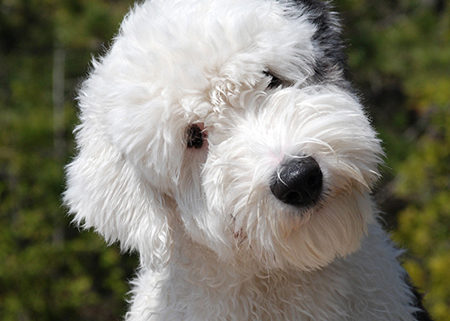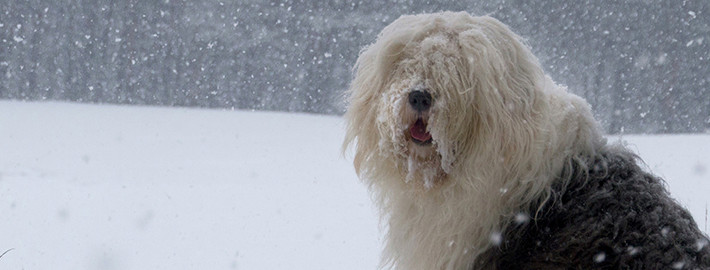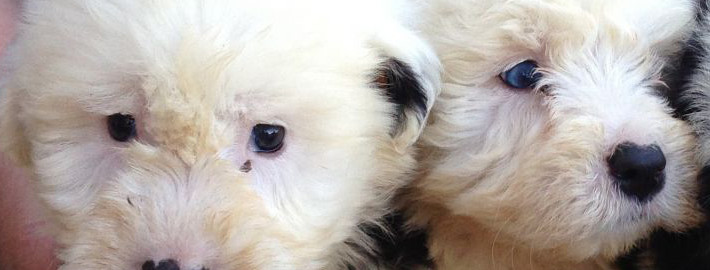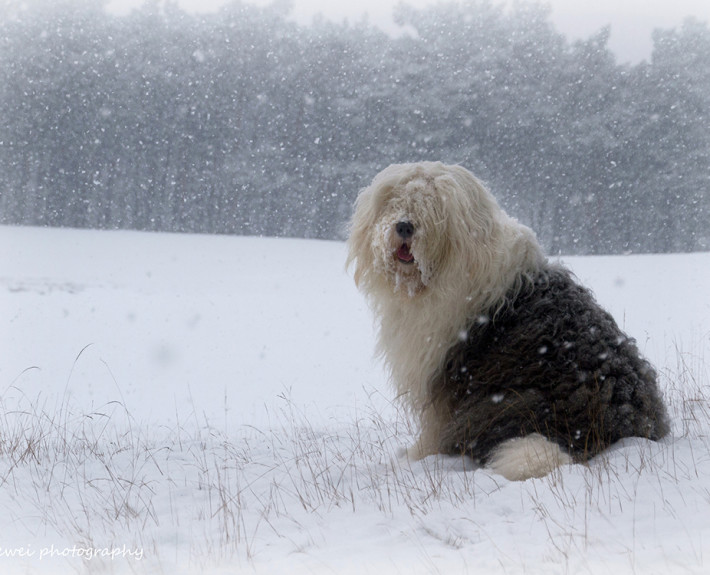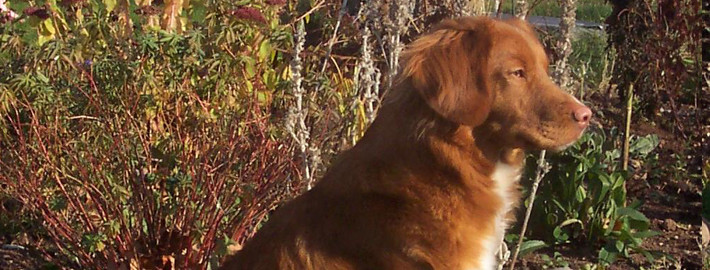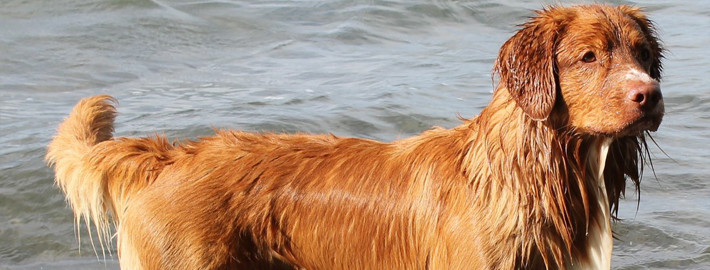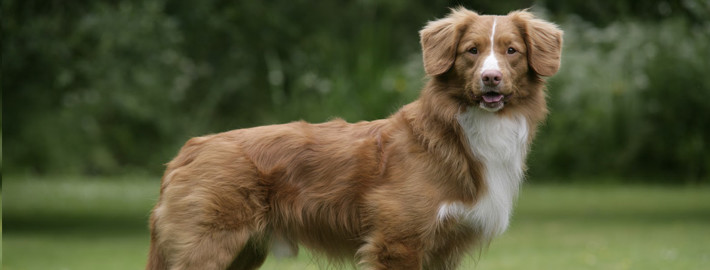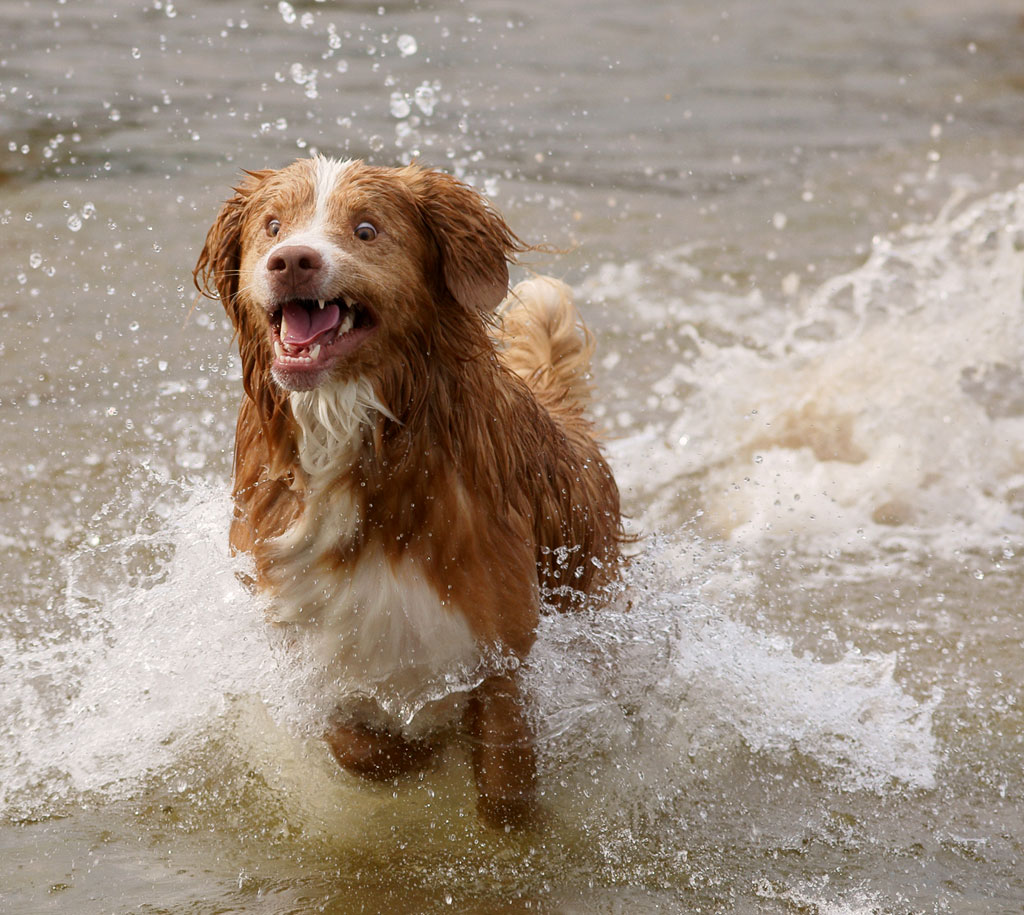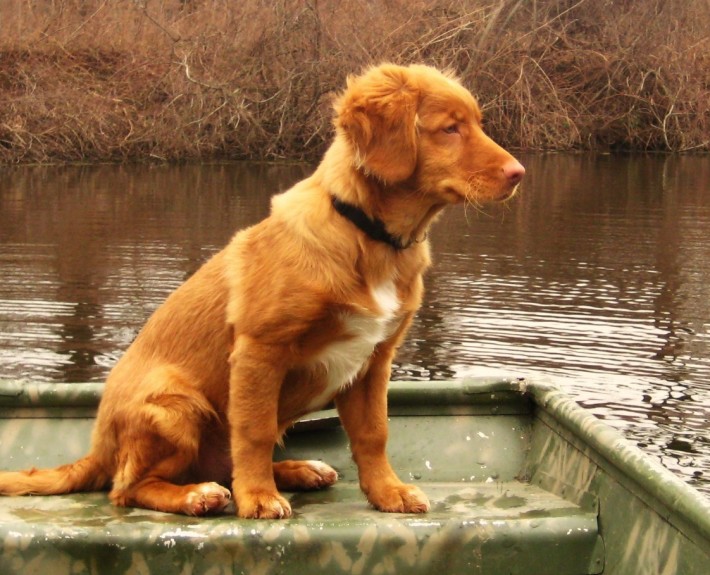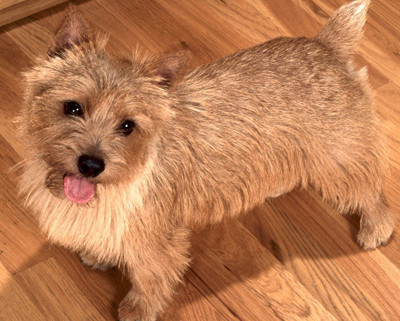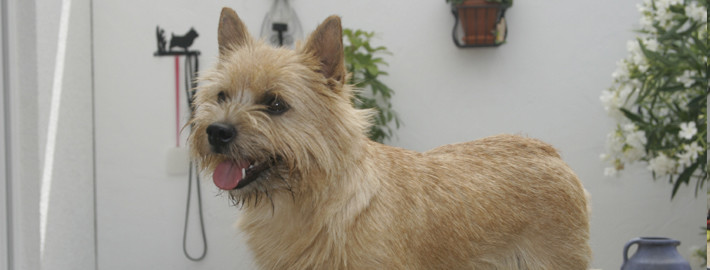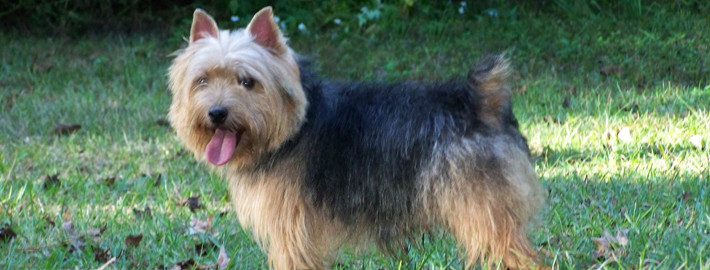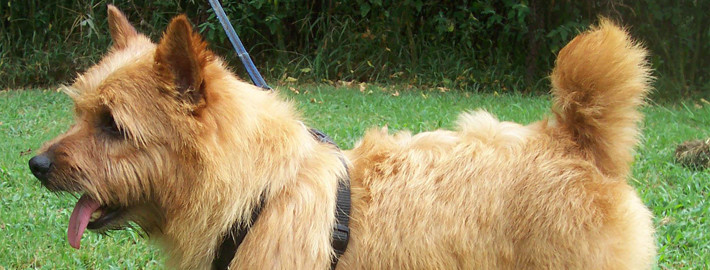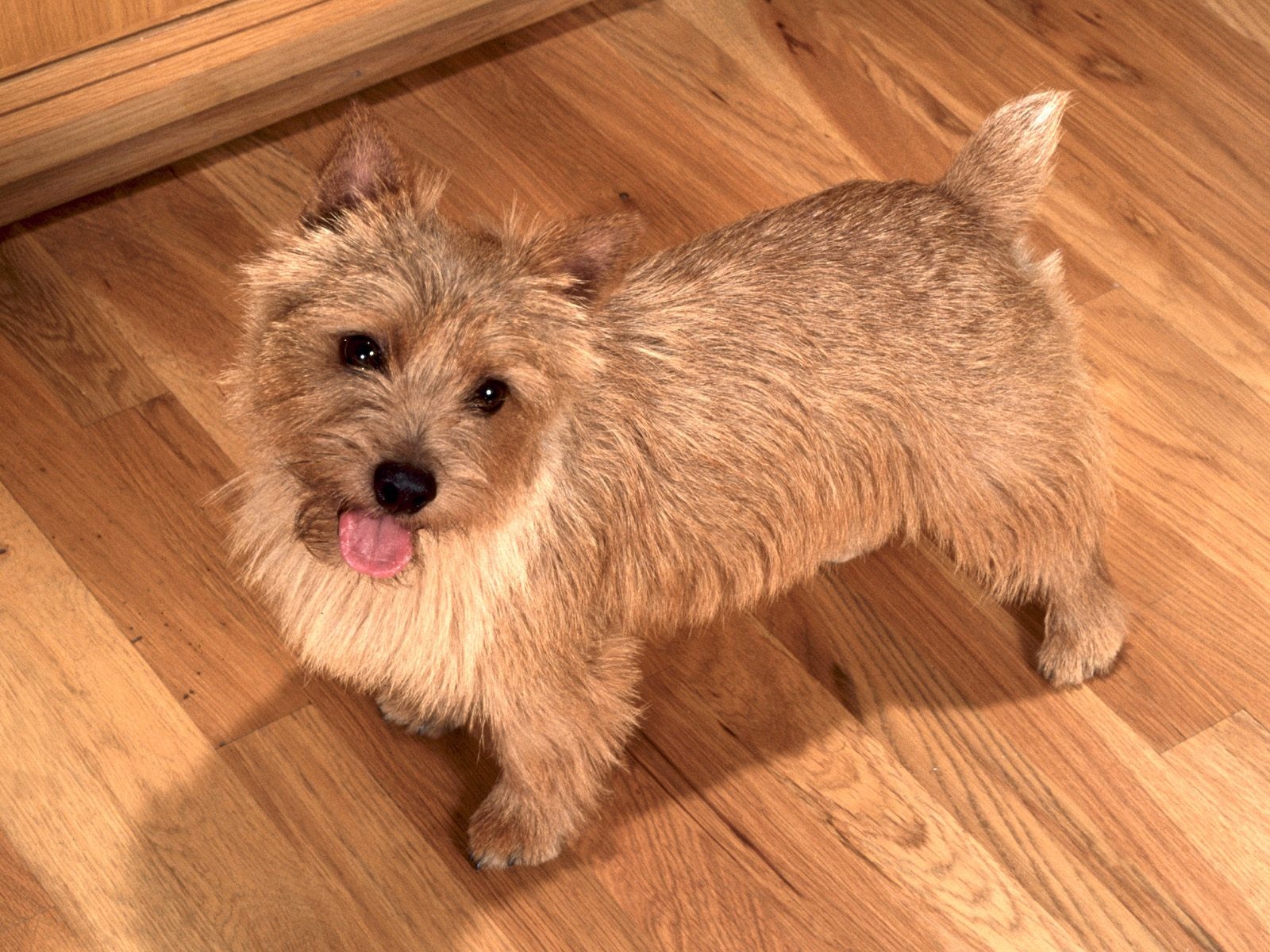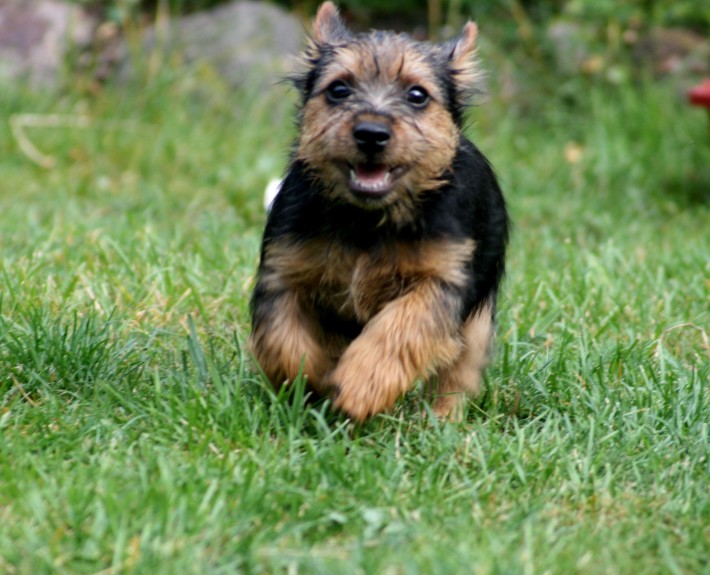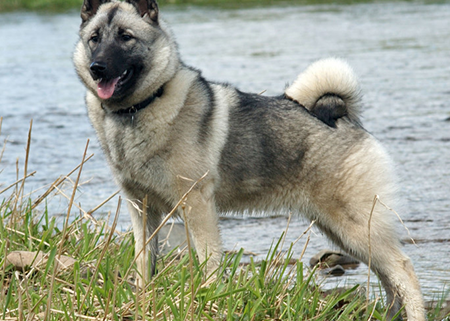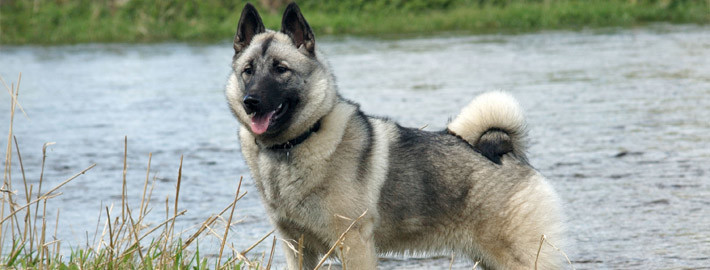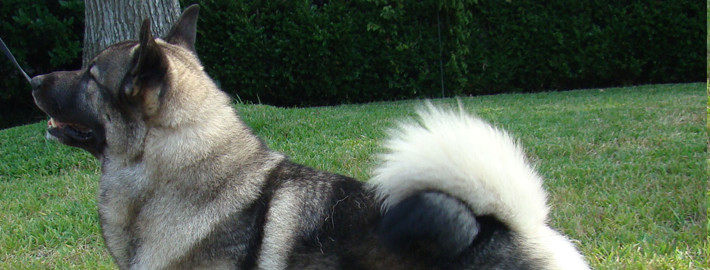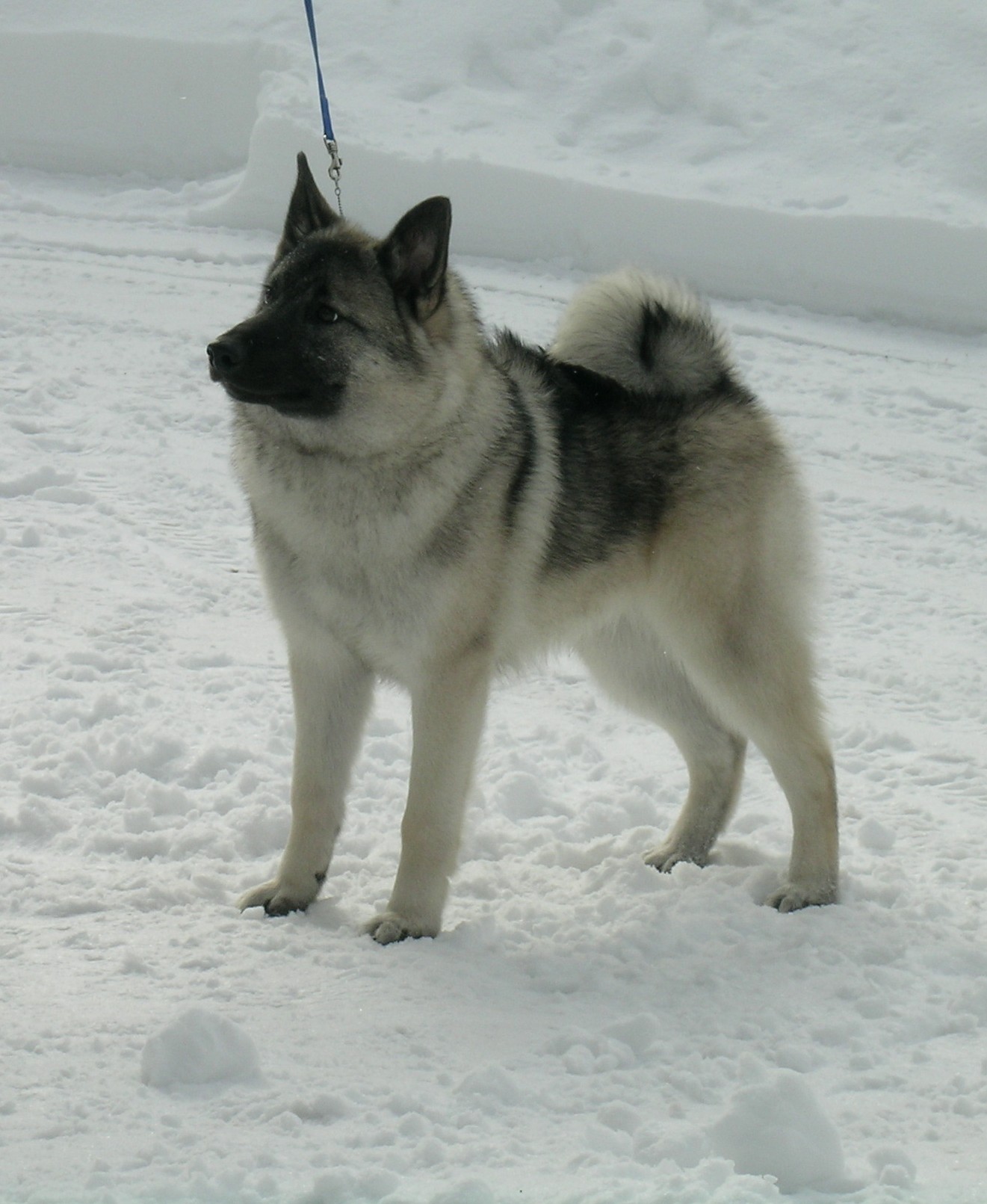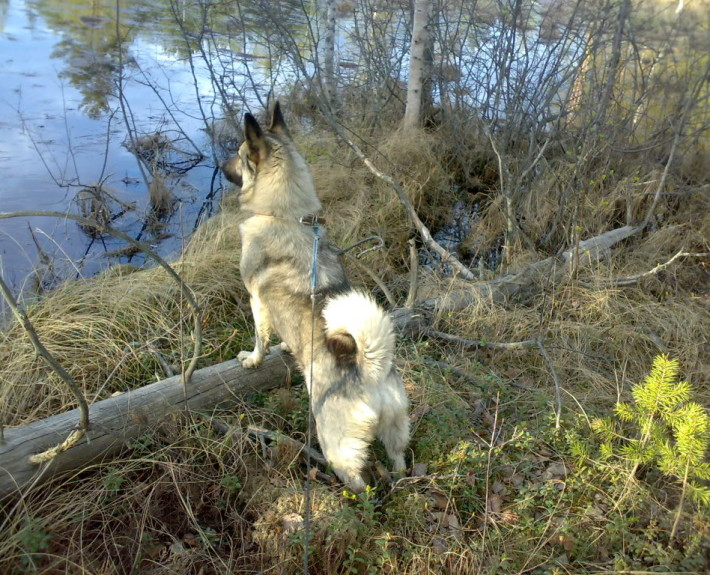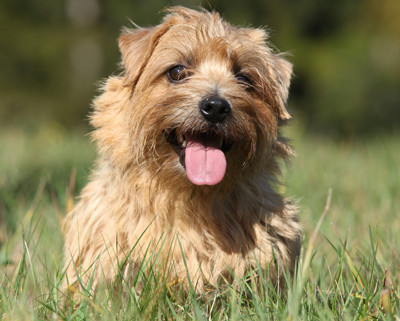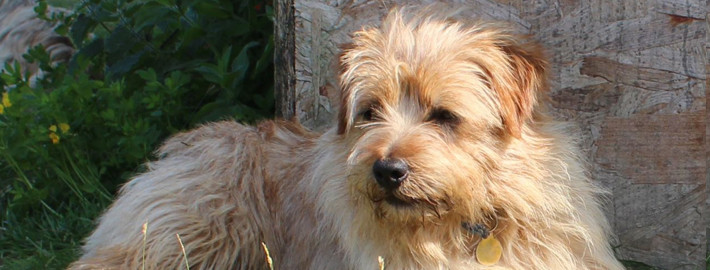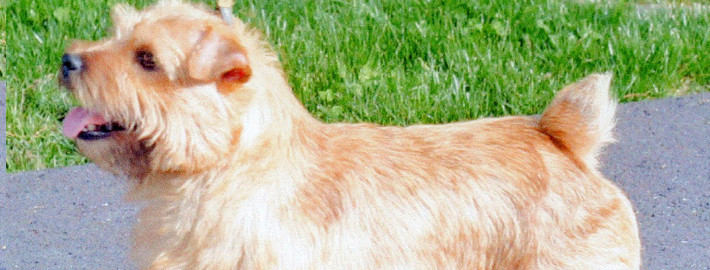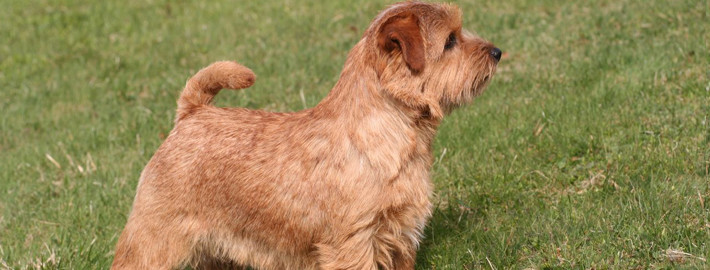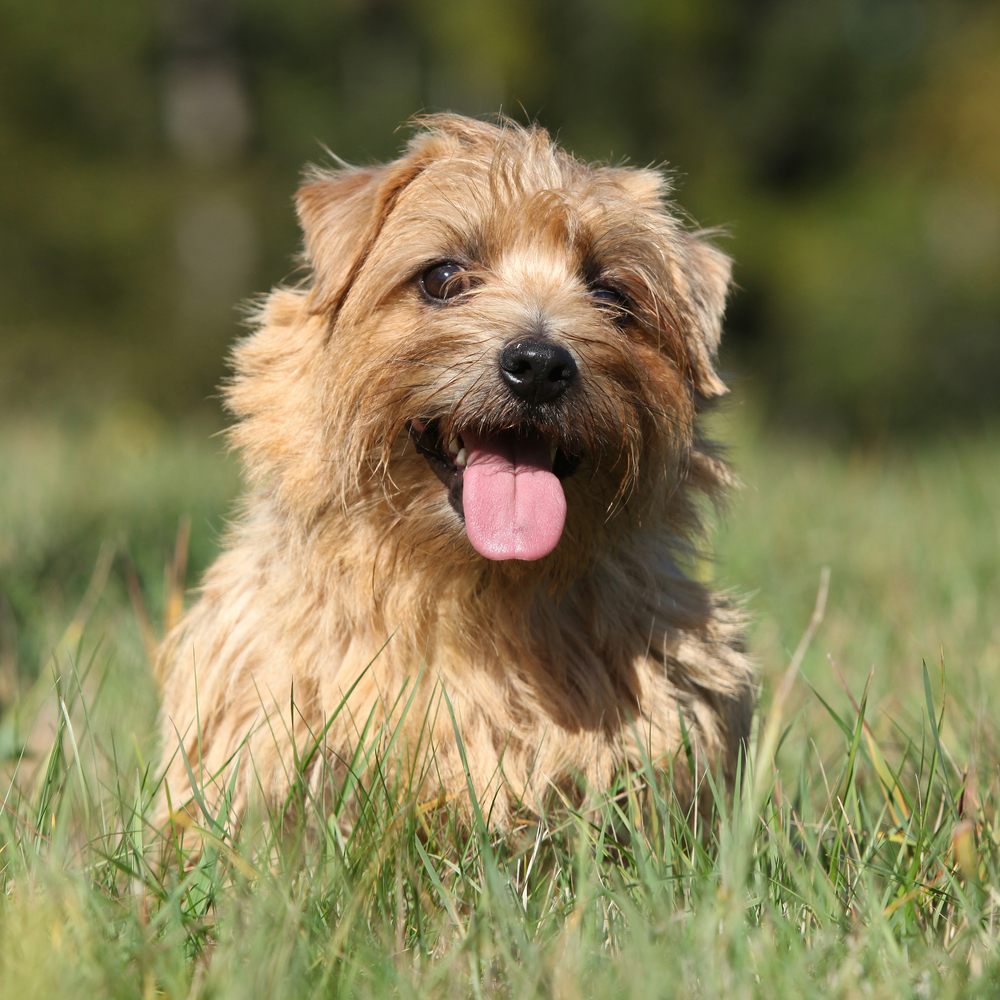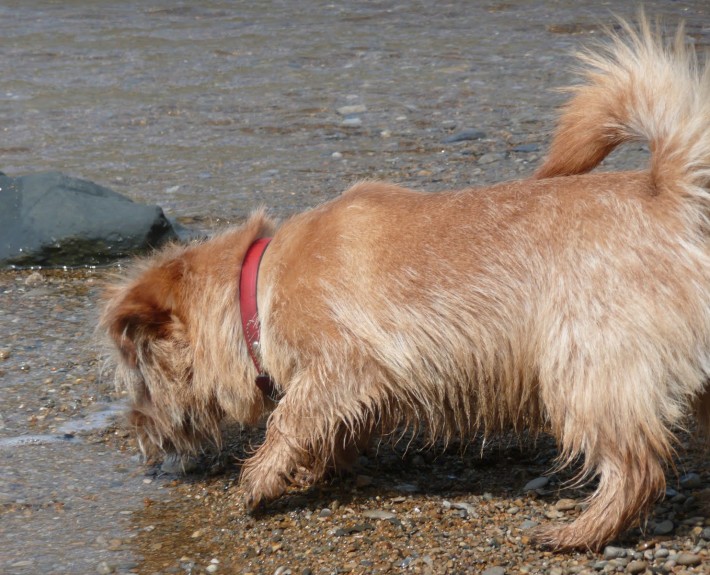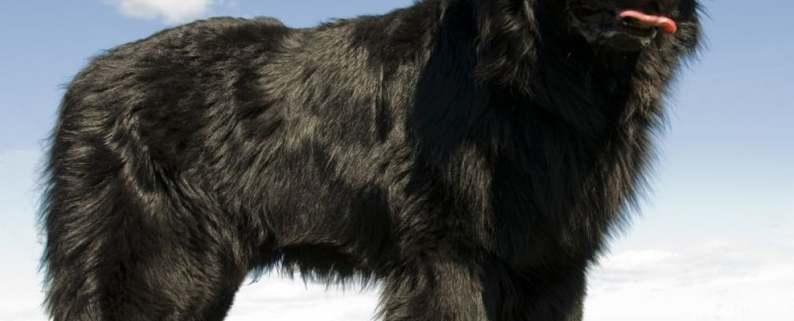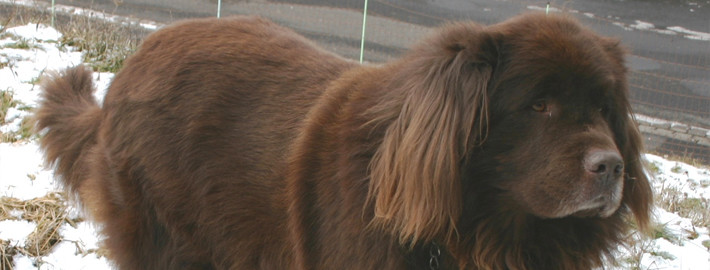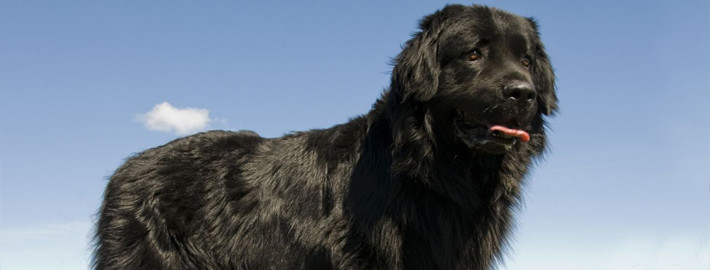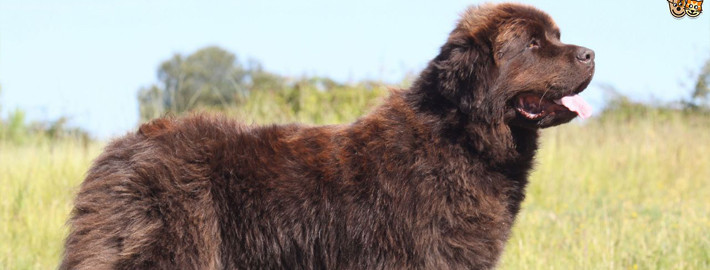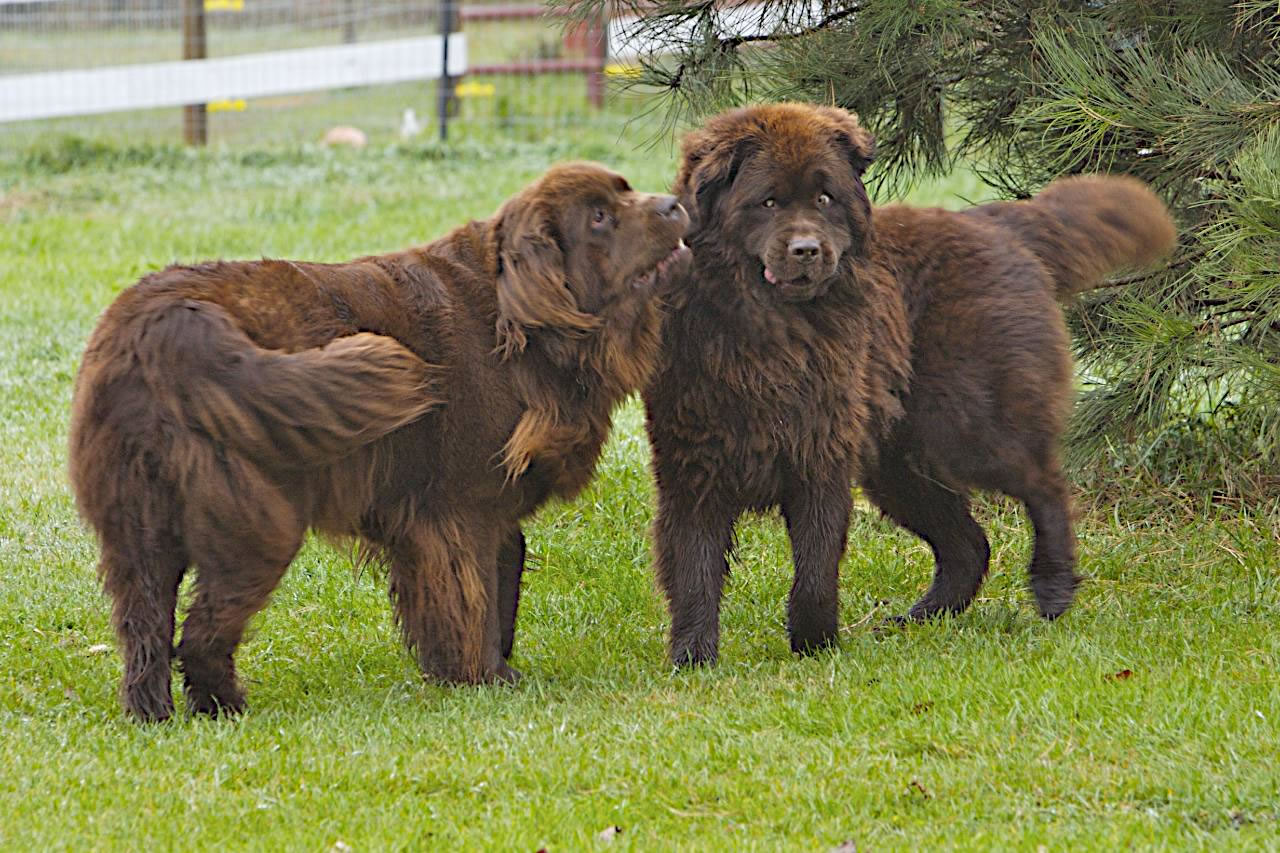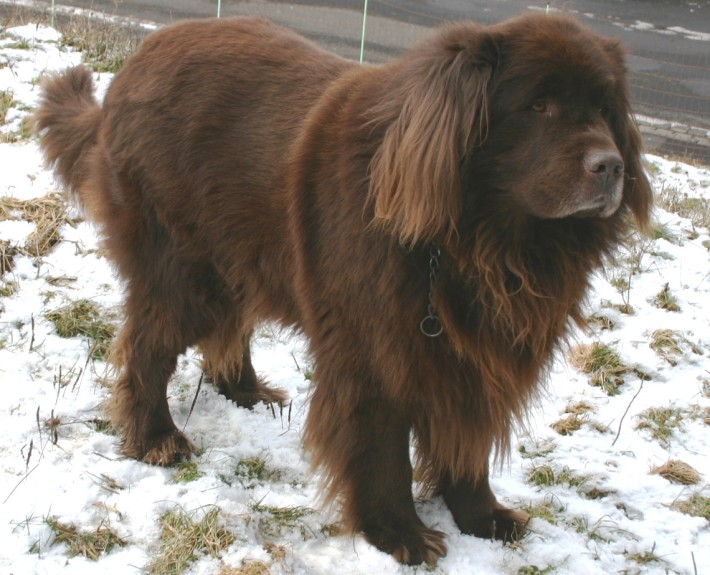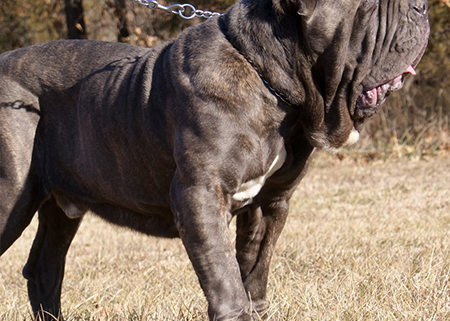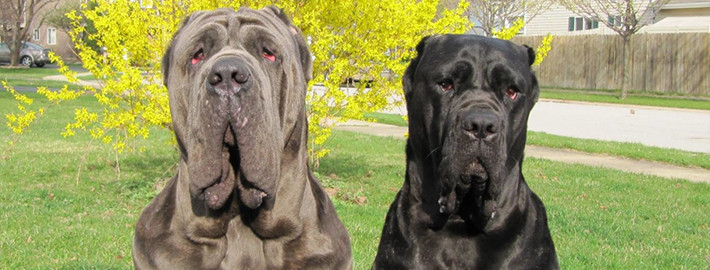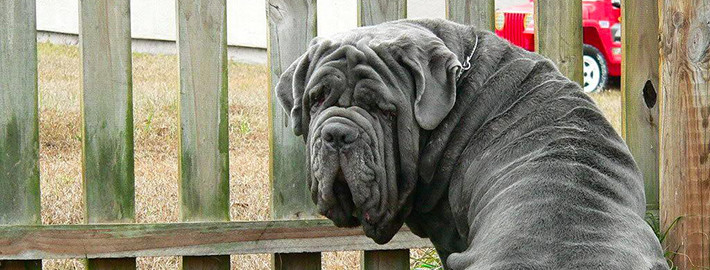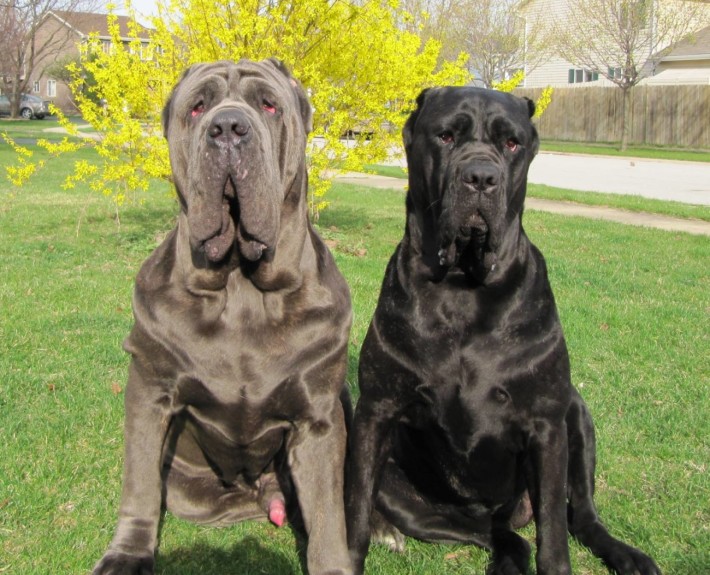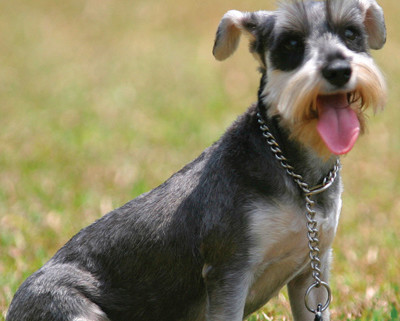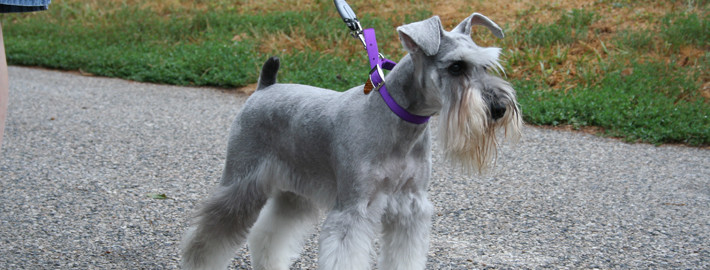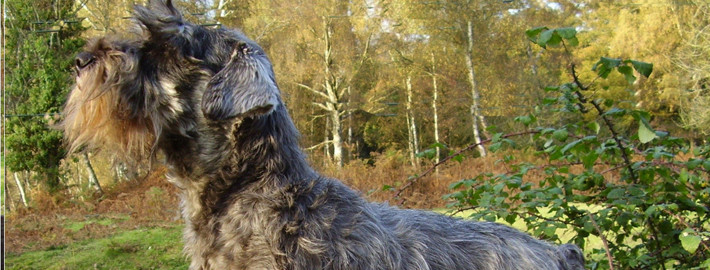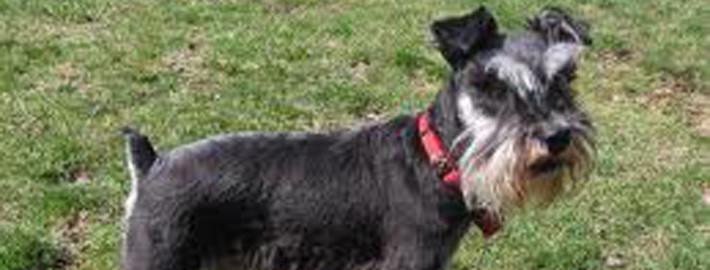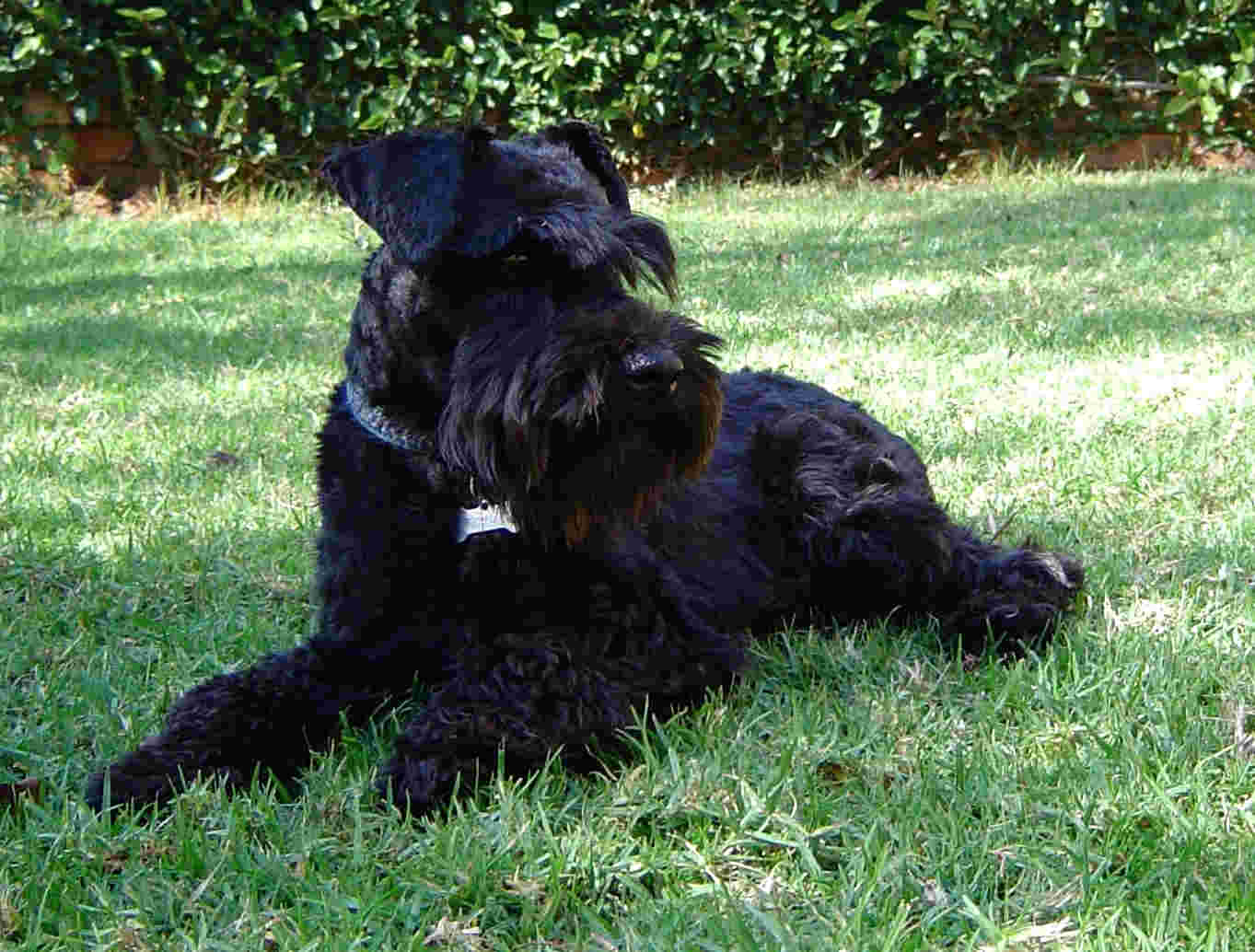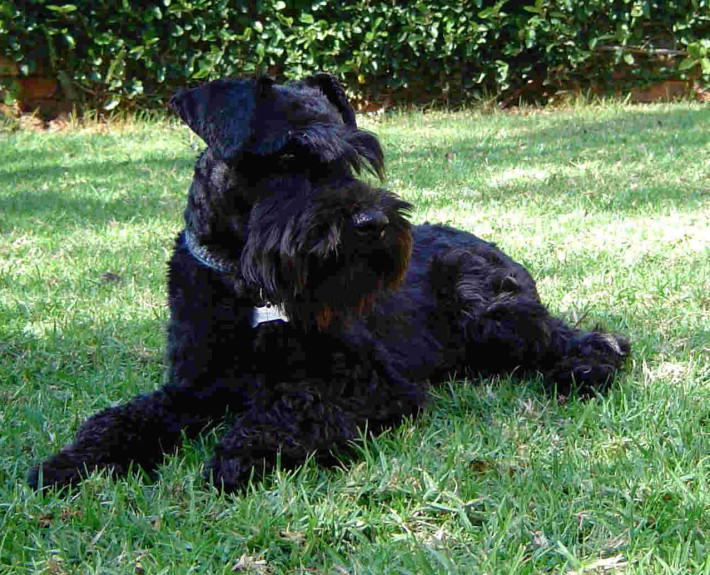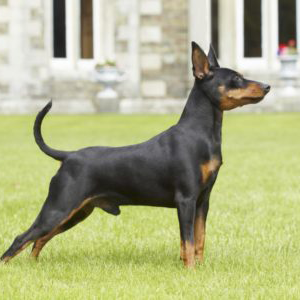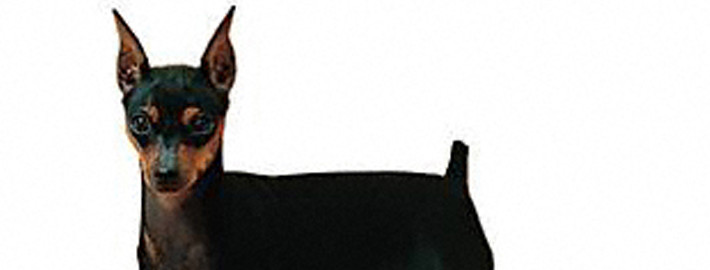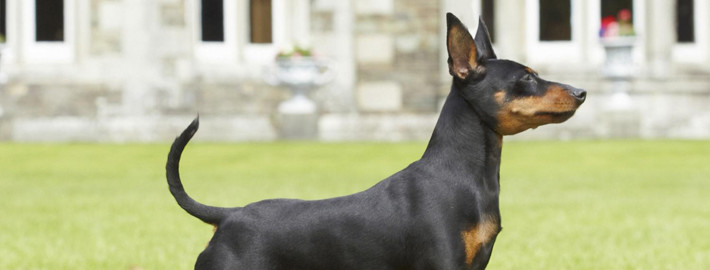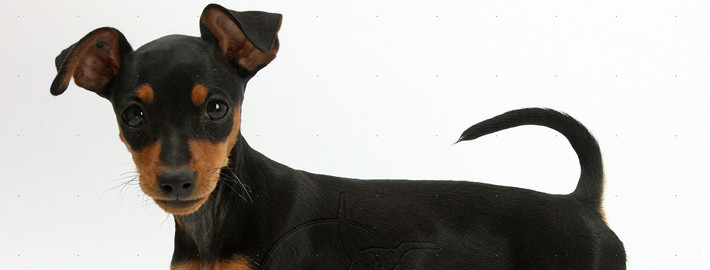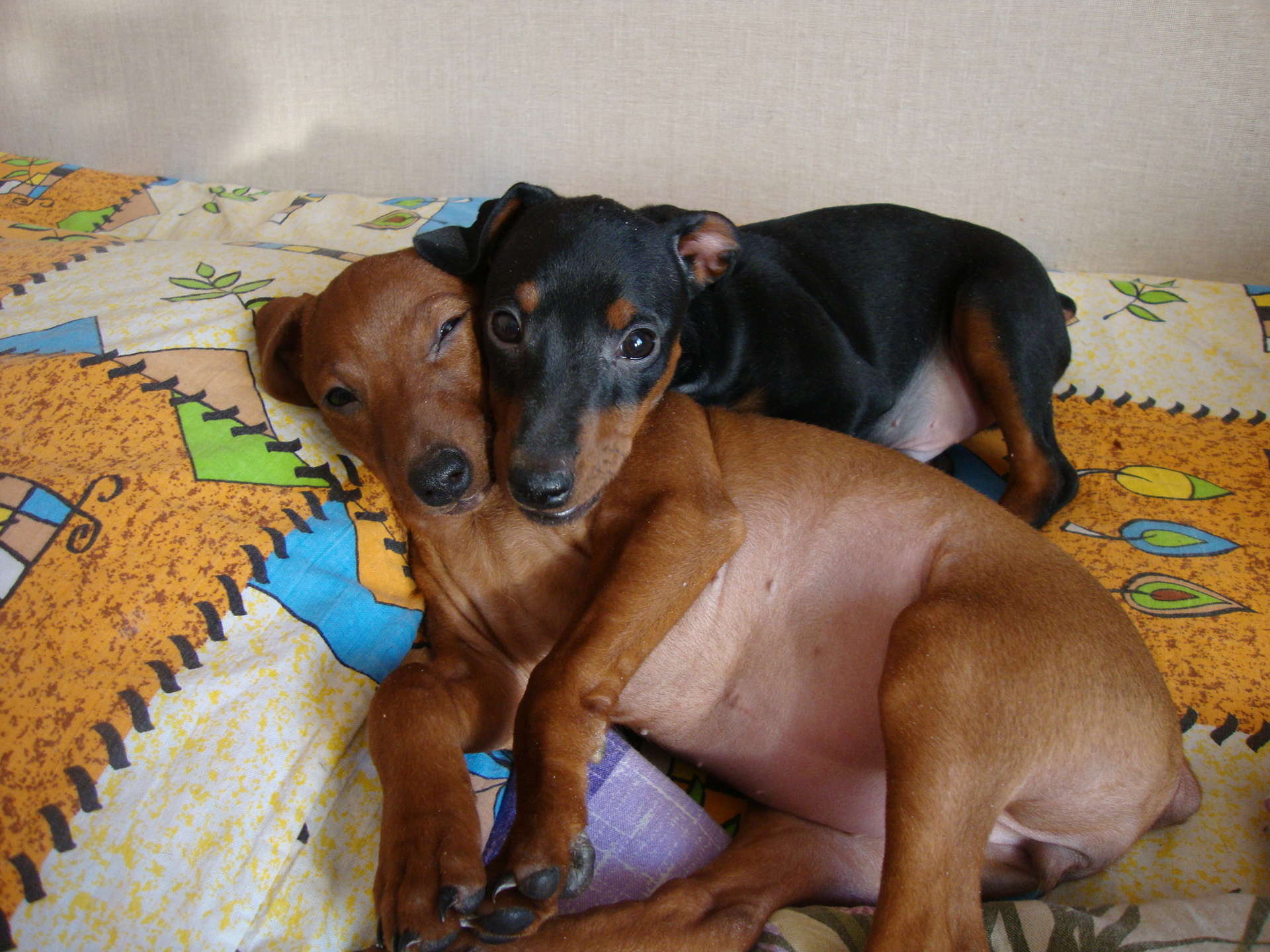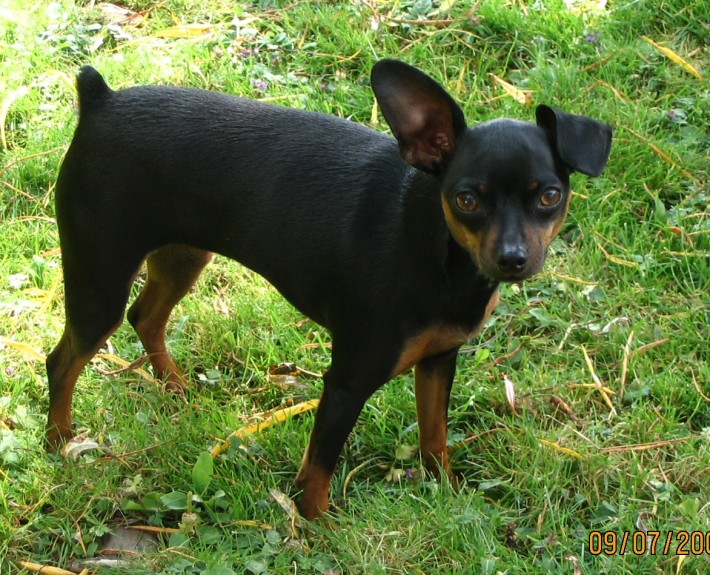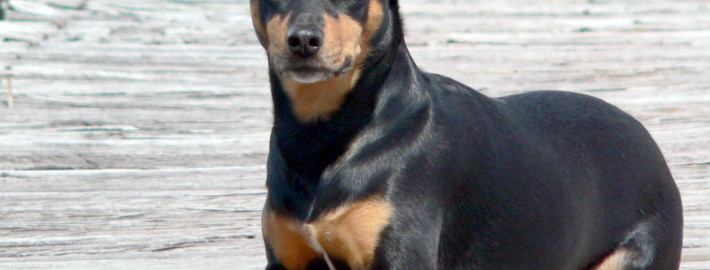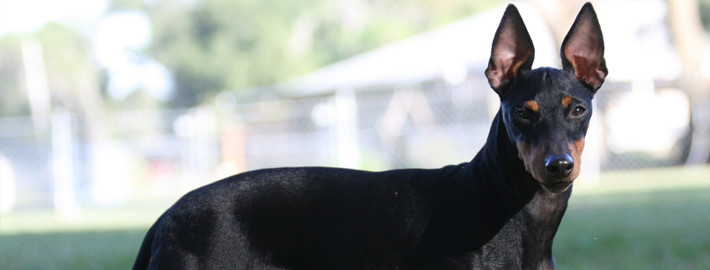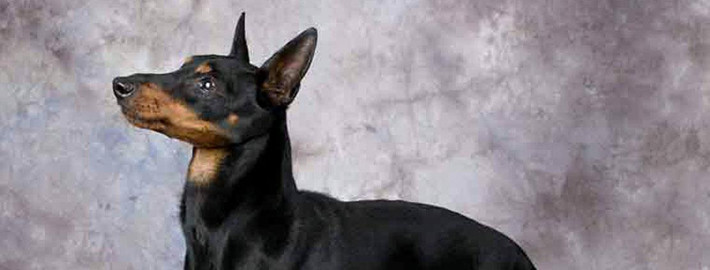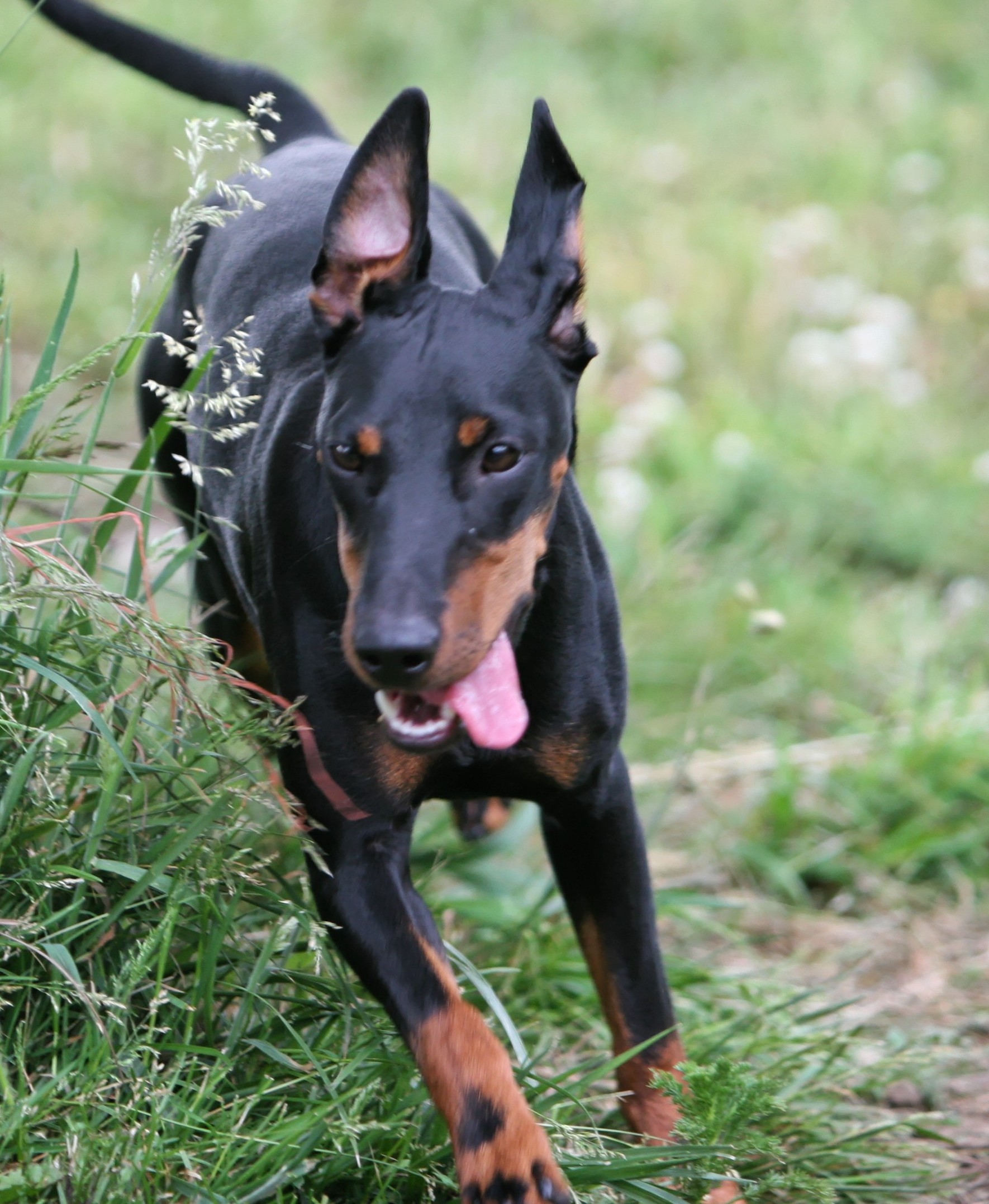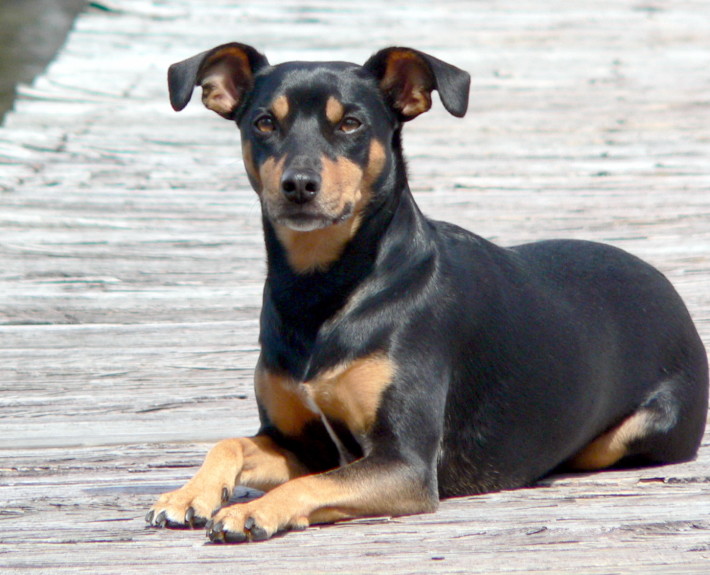Old English Sheepdog
OLD ENGLISH SHEEPDOG – The Comical
What makes the Old English Sheepdog Unique?
The amiable Old English is jolly but gentle. At home, it is a well-mannered house pet that often amuses its family with comical antics. It thrives on human companionship and is very much a homebody. It is extremely devoted to its family and protective of family members, tending children as flock members. It is friendly toward strangers. Some can be headstrong.
Although these medium sized dogs have a long history as sheep and cattle drivers, they retain a puppy-like disposition until later in life and make good family companions.
Page Contents
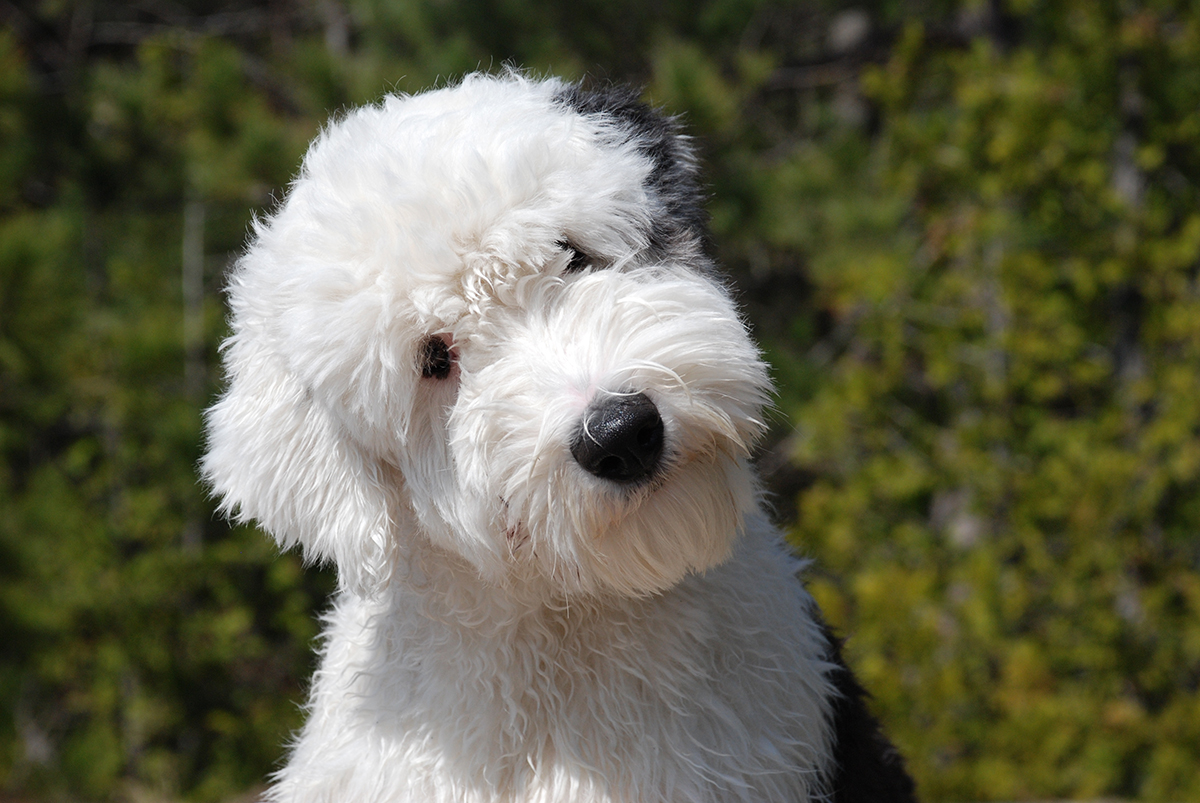
Is the Old English Sheepdog Right For You?
Old English Sheepdogs are friendly, easy-going animals with a gentle disposition and comical personality. These dogs tend to exhibit puppy like traits for many years and the onset of old age tends to appear rather suddenly in members of this breed. These dogs get along well with strangers but they are particularly devoted to their families.
Old English Sheepdogs are a working breed and, as such, they require plenty of mental stimulation and exercise if they are not being used to manage livestock. Owners should likewise note that members of this breed have loud, distinctive barks. Therefore, they are probably not the best candidates for apartment life.
In 5 Words
- Playful
- Bubbly
- Loving
- Adaptable
- Sociable
Characteristics
Learn About the Old English Sheepdog
Description
General Description
Old English Sheepdogs have large, compact bodies that are square-shaped and covered with shaggy fur. Although their coat covers their entire face and their eyes, these dogs are said to have an intelligent expression. Members of this breed have a posterior end that is somewhat higher and wider than the area near their shoulders. The ears on this breed should hang flat against their heads. These dogs move with a rolling, effortless gait. In places where the practice is not illegal, members of this breed may have their tails docked. Otherwise, Old English Sheepdogs have low-set, feathered tails that hang at a downward angle.
Size
Males of this breed stand between 22 and 24 inches (56 and 61 centimeters) in height. They typically weigh about 65 pounds (29 kilograms), but can sometimes weigh as much as 101 pounds (46 kilograms). Females are slightly smaller than their male counterparts, as they stand between 20 and 22 inches (51 and 56 centimeters) and weigh about 60 pounds (27 kilograms).
Coat
Old English Sheepdogs possess a double coat that is comprised of a waterproof inner layer and a wavy outer layer. They are available in gray, blue gray, fawn, brown, grizzle, black, blue, or blue merle hues. Some dogs may also have white markings. When they are puppies, members of this breed are usually black and white. Grey or silver coloration’s are common in members of this breed, but these shades are likely to appear once a dog has reached adulthood.
Short History of the Old English Sheepdog
It is obvious that Old English Sheepdogs date back quite some time in their homeland but no one knows the exact date that these dogs began to emerge. Bearded Collies, Smithfields, and Russian Ovtcharka are all thought to have contributed to the breed that is seen today.The oldest documented evidence of the breed’s existence comes from a 1771 painting which shows a dog that could easily be an early form of the Old English Sheepdog.
In 1873, members of this breed had made their first appearance in the show ring but the dogs were met with lackluster enthusiasm from those judging the show. However, Old English Sheepdogs went on to become popular competitors in the show ring. Complex grooming rituals were put into place by the dawn of the 20th century. By this time, these dogs had made their way to the United States where they were being bred by a number of wealthy American families.
Temperament
Old English Sheepdogs are friendly, easy-going animals with a gentle disposition and comical personality. These dogs tend to exhibit puppy like traits for many years and the onset of old age tends to appear rather suddenly in members of this breed. These dogs get along well with strangers but they are particularly devoted to their families. Old English Sheepdogs also tend to view children as their personal responsibility. They may even attempt to herd youngsters by bumping into them, but this habit can easily be prevented or remedied with proper training. Members of this breed are good watchdogs. However, they have a placid temperament that makes them poor guards. Old English Sheepdogs are well behaved indoors despite their large size and they adore people. Therefore, these dogs should be allowed to sleep inside with their human family members if they are not needed to watch livestock outside.
Caring for Your Old English Sheepdog
General Health
Old English Sheepdogs are born in litters of about 7 puppies and they have an average lifespan of 10 or more years. However, members of this breed are prone a variety of health conditions including hip dysplasia, hypothyroidism, cancer, eye conditions, anemia, and various heart diseases. Due the presence of their thick coats, members of this breed have also been known to suffer heatstroke in warm environments but spending time outdoors should present no problem for animals living in cool or temperate climates. Owners should also be aware that some members of this breed are sensitive to ingredients that are commonly found in heartworm medications and other products.
Care
Daily
Daily exercise is essential for members of this breed. Lengthy, brisk paced walks are recommended for Old English Sheepdogs. These dogs will likewise enjoying jogging or running alongside their human companions. Members of this breed are also good at many different forms of dog sports.
Weekly
Old English Sheepdogs need to be combed every other day in order to keep their coats from becoming matted. Pet owners should also brush their dog’s teeth regularly so that it will have good oral health.
Monthly
Flea, tick, and heartworm prevention medication is a must for all dogs. Most of these products are typically administered on a monthly basis. However, pet owners may want to have their Old English Sheepdogs tested for chemical sensitivities before giving them any form of parasite preventative.
Grooming & Bathing
Members of this breed have a coat that requires constant maintenance. In fact, owners can expect to spend about an hour a week brushing their pets. It is best to have these dogs become accustomed to the grooming process at a young age so that they will tolerate the procedure when they get older. These dogs should also have their toenails trimmed regularly in order to keep injuries from occurring.
Exercise & Training
Old English Sheepdogs are a working breed and, as such, they require plenty of mental stimulation and exercise if they are not being used to manage livestock. Owners should likewise note that members of this breed have loud, distinctive barks. Therefore, they are probably not the best candidates for apartment life.
Members of this breed need household rules that are clearly defined and consistent. Old English Sheepdogs also require firm but gentle training. These dogs are generally obedient, but they tend to ignore people that they do not respect. This is especially true when pet owners either lack confidence or do not establish themselves as an authority from the start. Stubbornness can additionally be an issue in some individual dogs.

